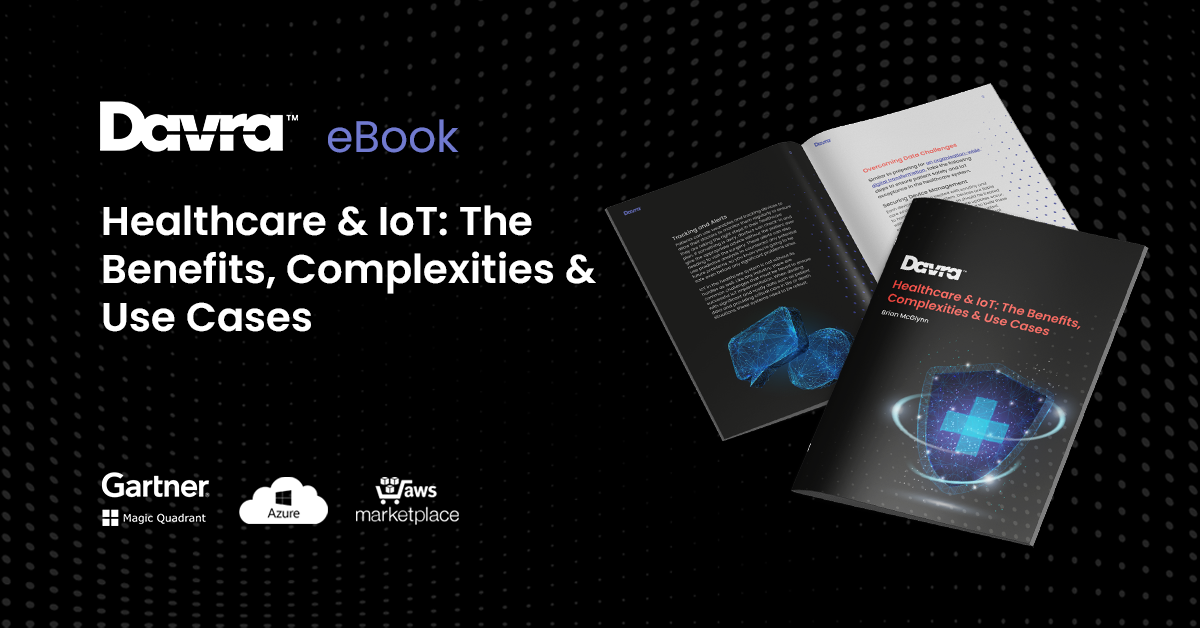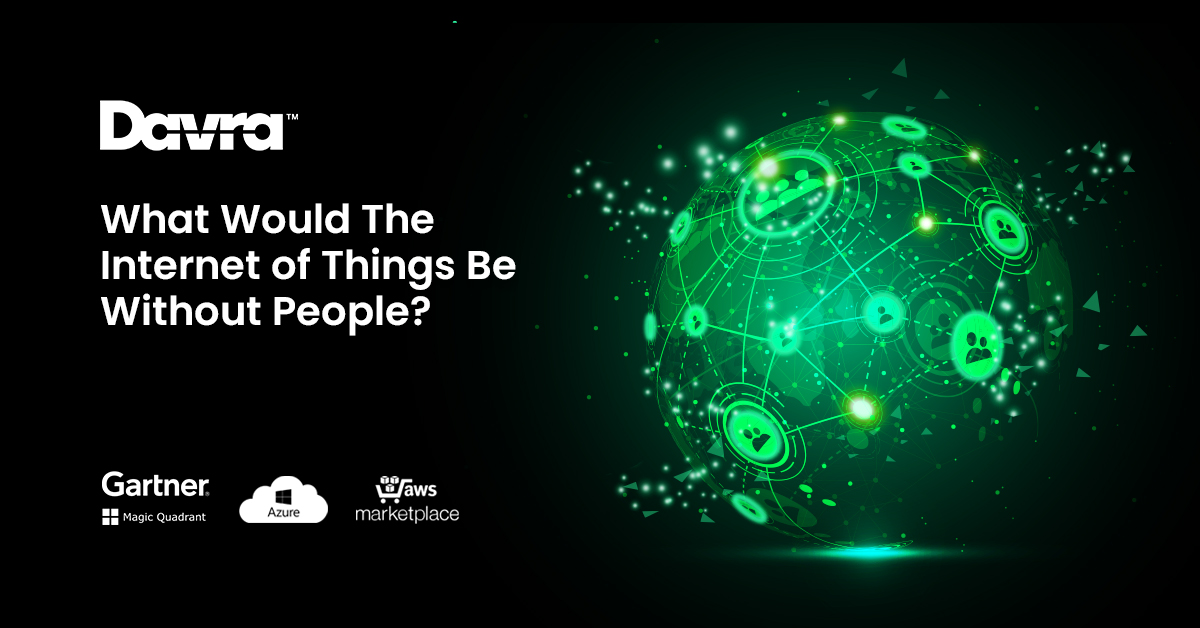IoT in Healthcare Use Cases eBook
Download Your Free IoT in Healthcare Use Cases eBook
Read More


If you transported someone from the year 2000 to 2020 and tried to explain the Internet of Things to them, what would you say? Even if you explained to them in simple terms what IoT is, like “a network of devices that are connected to the Internet that can collect and exchange data”. I’m pretty sure they’d look at you in confusion (and also wonder why on Earth your jeans are so skinny!).
It’s easy to throw around these IoT related terms and aspects; edge, fog and cloud computing, business, IT and OT systems, device monitoring and management, IoT protocols…. the list is endless.
But what would IoT be without people? After all, we are the driving force behind all these technological changes and advancements. We are now in Industry 4.0, and we’ve come a long way from the first Industrial Revolution in the 1700s where steam and water-powered machines first came to fruition. Over the last 250 years, we’ve developed processes that essentially help the human race to become more efficient, save costs and resources, and increase innovation.
At the core of all these connected devices and complex, nuanced manufacturing processes that take place across the globe, are people. Both those who operate and develop these devices and those whose lives have been vastly improved due to technological advancements. The Davra Platform has integrated a full suite of collaboration APIs and tools to allow for easy implementation of people into IoT. Enhanced communication protocols, integrating several heterogeneous devices and control mechanisms, and higher quality data flows all aid the control of older machines now that they can be connected to the Internet. Therefore enhancing traditional methods of production.
Most people overlook people, this crucial IoT integration piece. Developing your business model and organisation to take in reams of data, produce new insights and become a smarter, more efficient economy all sounds promising, but it’s imperative that we keep people in sight at all times to truly reap the many benefits of this new connected culture.
IoT can be implemented in many industries and have a profound impact on those working and affected by these processes. Reducing these industries to protocols, cellular connectivity and open APIs takes away from the true impact on our environs.
IoT within the transportation space spans not only cars and automatic driving, but also creates a safer supply chain. RFID sensors used throughout the supply chain can track and trace counterfeit car parts that could potentially cost the lives of people if these parts are implemented in cars. RFID sensors ensure the parts have the right IDs and are not stolen or damaged goods.
Smoothened traffic flow, reduced parking crashes and personalised traffic information for a healthier environmental impact are just a few of the possible use cases for IoT in transportation, which can protect people in their day-to-day lives. The connectedness of information can aid people in making better transport decisions when going to work, as they can decide if it would be safer or faster to take public transport over their own car.
IoT plays a huge part in increasing the manufacturing efficiencies of today. But what does that have to do with people?! 2.3 million men and women die from work-related deaths every year, but with the advent of smart PPE and wearables, this number can dramatically decrease. Through connected sensors in workers’ clothing, and being aware of the hazardous environments they are in can greatly increase their safety and productivity.
Predictive maintenance is another massive development in the IoT sphere, especially in the rail network industry. It’s highly unusual to not experience some sort of train delay on our weekly work commute, and this is usually down to some sort of technical fault. But what if these faults could be predicted, due to sensors on trains and the railway lines? Maintenance and downtime could be scheduled at a quieter time, meaning people would get home to their families at a much quicker rate.
City governments are now undertaking IoT initiatives to improve roadway maintenance, plan better public transportation and improve road traffic lights to ease congestion and pollution. If there is an accident, real-time analytics can quickly inform traffic controllers of the next best routes to take, as well as getting emergency services to the scene as quickly as possible.
Not only are cities becoming smarter, but so are retailers and their buildings through The Cisco Remote Expert Solution. Customers are now expecting an even higher level of customer service in line with self-service applications, through customisable interactions with assistants both in-store and online. This is a high-quality video collaboration between the customer and an industry expert, through video-on-demand, document and peripheral sharing technologies.
This allows people both the flexibility to work from home as an expert and still dial in and help customers pick and learn about what they want to buy, and also allows the customer to make better informed buying choices.
We can dissect and develop IoT platforms and constantly seek out new, rapid and better means of manufacturing development, transportation and in an array of other industries, but it is so much more than Big Data and Artificial Intelligence. Always go back to the end user, who is a person after all! And seeing how we can aid them in their daily lives is just as important as number crunching and achieving the ever-complex goals of simplifying everything through IoT. Because humans are indeed a lot more complex than that. If you would like to chat to Davra about how your organisation can better improve for your customers and employees, please don’t hesitate to contact us.
Brian McGlynn, Davra, COO
Download Your Free IoT in Healthcare Use Cases eBook

Davra IoT is the only Industrial IoT Platform Available on AWS Marketplace
Read MoreThe Collaboration of Humans & Robots Has Created The Cobot
Read More